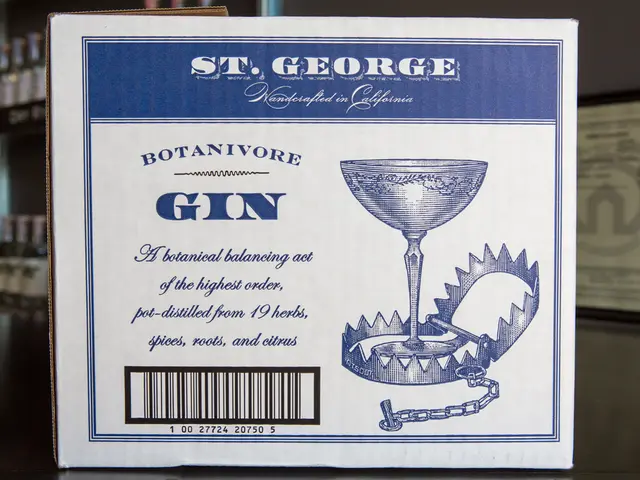Guide to Purchasing Rutilated Quartz
In the captivating world of gemstones, rutilated quartz stands out for its distinctive inclusions of rutile. This mineral, known for its slender, needle-like crystals, brings a unique visual appeal to rutilated quartz, a variety of quartz that is colourless or transparent.
The value of rutilated quartz is significantly influenced by the characteristics and patterns formed by these rutile inclusions. Rutile inclusions that create eye-catching patterns, such as intersecting needles or star-like arrangements, are highly prized for their aesthetic appeal and can increase the stone's value.
The clarity and distribution of rutile needles play a crucial role in determining the value of the stone. While many inclusions might reduce a gemstone's clarity and value, rutile inclusions are often considered an exception because they create a unique visual interest. Evenly distributed rutile needles that maximise the stone's optical appeal without overly clouding it tend to raise its value.
The colour of the rutile inclusions also matters. Golden, red, or bright-coloured rutile needles standing out against a transparent or translucent quartz crystal are more desirable. The contrast between rutile and quartz improves visual impact and valuation.
Natural rutile inclusions are considered more valuable than synthetic ones because they attest to the gemstone’s natural origin. Synthetic rutile, while visually similar, is less rare and generally less valuable.
The size and carat weight of the quartz specimen also impact its value. Larger quartz stones showcasing dramatic rutile patterns tend to be more valuable, but the effect on price is exponential rather than linear. Larger stones with attractive rutile inclusions fetch the highest prices.
However, beauty is subjective in determining the value of rutilated quartz. Some collectors and buyers may prefer a muted effect, such as that found in smoky quartz, while others may seek the vibrant colour of amethyst, citrine, or even a coppery hue in the rutile inclusions.
The orientation of rutile inclusions can also impact the value of rutilated quartz. Rutile inclusions that reach the surface of the stone are more valuable, and their orientation can create a unique, three-dimensional effect. Rutile inclusions may occur as large bands or small strands, and some stones are full of rutile inclusions, while others have only a few.
Price guidelines for faceted and cabochon rutilated and tourmalinated quartz are available on a specific website, providing a useful resource for buyers looking to understand the market better.
Ultimately, the value of rutilated quartz increases when rutile inclusions create unique, eye-catching patterns, especially if they exhibit good colour contrast and are naturally formed. Such patterns add to the stone's rarity and desirability among collectors and jewelry buyers.
Rutilated quartz, with its rutile inclusions, is highly valued in the jewelry and lifestyle sectors, as unique visual patterns formed by these needle-like crystals can significantly increase the stone's worth. Additionally, these gemstones, when displaying vibrant colors in their rutile inclusions and originating naturally, tend to be more sought after and valuable in the home-and-garden and jewelry markets.




